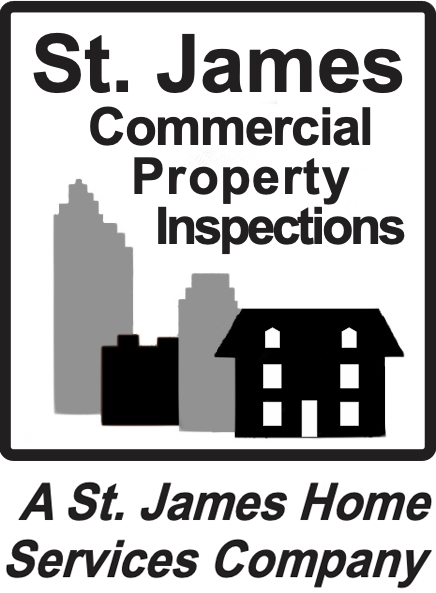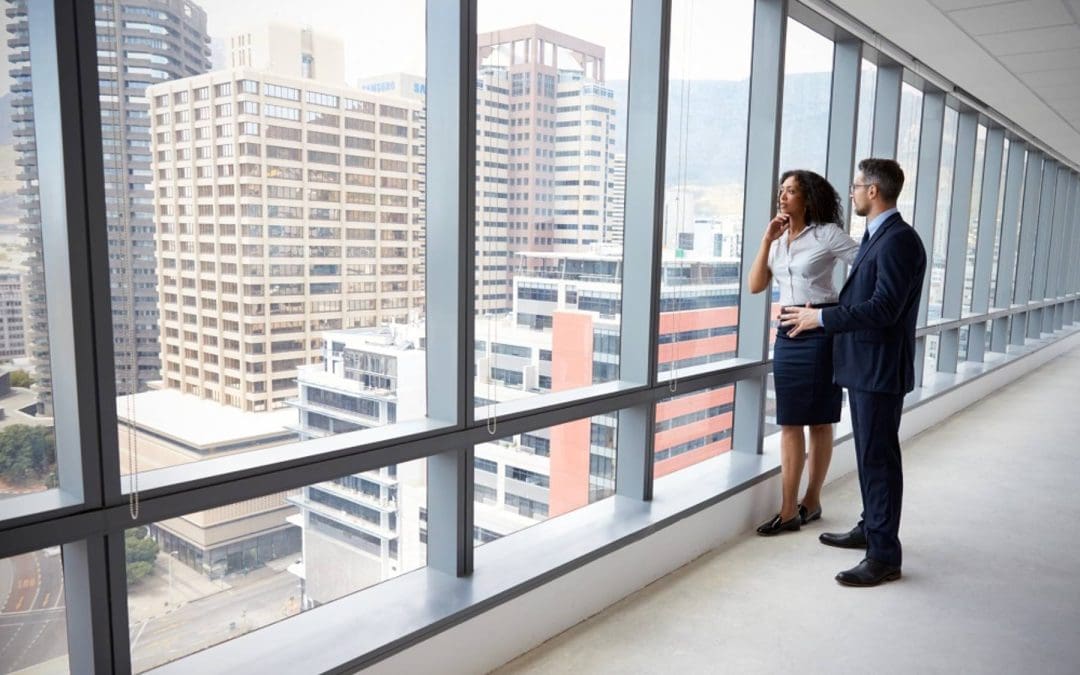A commercial property inspection plays a critical role in helping buyers, investors, and lenders understand the actual condition of a building before making major financial decisions. These inspections differ from residential ones in both scope and process. Most follow the International Standards of Practice for Inspecting Commercial Properties (ComSOP), established by InterNACHI, and guidelines from the Certified Commercial Property Inspectors Association (CCPIA).
These standards bring structure and consistency across all types of properties, from standalone retail spaces to warehouses, strip malls, and industrial buildings.
What a Commercial Inspection Covers
Commercial inspections are typically structured as a Property Condition Assessment (PCA). This process involves a visual review of all accessible major systems and components. The scope usually includes:
- Roof and drainage systems
- Exterior walls, windows, doors, and cladding
- Foundation, structural framing, and crawl spaces
- Plumbing (supply and drainage)
- Electrical systems (panels, wiring, outlets)
- Heating and cooling systems (HVAC)
- Interior areas (ceilings, floors, walls, stairs)
- Fire safety systems (exits, alarms, extinguishers)
- Attics and insulation, if accessible
- Elevators and lifts (visual inspection only)
- Kitchens or cooking areas, if applicable
Commercial property inspectors may bring in licensed contractors, engineers, or specialists for properties with specialized systems or unique risks. This “Team Approach” ensures a more detailed evaluation where needed.
Standards and Protocols Matter
When a commercial inspection follows ComSOP and CCPIA protocols, it goes beyond a surface-level review and becomes a structured process designed to deliver objective, actionable findings. These standards minimize ambiguity and promote consistency, which is especially important when evaluating multiple properties across different markets.
Inspections also have clear limits. They don’t include cosmetic issues, destructive testing, inaccessible areas, or formal code compliance checks. The purpose is to offer a snapshot of the overall condition, not to issue a pass/fail judgment.
Who Uses Commercial Property Inspections?
Various parties commonly use commercial property inspections, who rely on accurate property assessments to guide major decisions. Buyers and investors often request inspections to evaluate potential risks before purchasing. Lenders may require them to assess the condition of a property before approving financing. Landlords use inspections to document the baseline condition of a building before a lease begins, while tenants entering into triple-net lease agreements rely on inspection findings to understand which maintenance responsibilities they may be assuming. Insurance providers may also request inspections to support updated coverage documentation, and property owners preparing for renovations or long-term maintenance projects use inspections to identify structural or system issues early.
Added Testing Services
In addition to standard property evaluations, many commercial inspections include optional testing services that offer a more complete view of a building’s condition. Indoor air quality and mold testing are often recommended, especially in properties with a history of moisture intrusion or HVAC issues, as mold can create liability concerns and impact tenant health. Radon testing for air and water is also common in areas where elevated levels may occur. Water quality testing, even in properties connected to municipal systems, can reveal plumbing-related contamination or infrastructure problems. Some properties—particularly those with industrial or commercial histories—may also require environmental sampling, such as Phase I or Phase II environmental site assessments. These added services are particularly useful for medical facilities, industrial properties, schools, and multi-unit housing, where health and safety standards are especially important.
Benefits of a Commercial Inspection
A thorough inspection supports better decision-making. Whether negotiating repairs, budgeting for improvements, or securing financing, a detailed report helps clarify the property’s current state and potential future needs. Commercial properties often come with higher stakes, more complex systems, and a wider range of liabilities than residential ones, making due diligence essential.
For investors, inspections help avoid hidden costs, for tenants in triple-net leases, they clarify what they’re signing up to maintain and for sellers, pre-listing inspections can identify issues before a buyer discovers them.
FAQs
What is the difference between a commercial and residential inspection?
Commercial inspections follow different standards (ComSOP) and focus more on building systems, long-term use, and functional performance. The reports are more technical and tailored to business needs.
Do commercial inspections include code compliance?
No. A commercial inspection evaluates the property’s general condition but does not guarantee code compliance. That would require a separate review from local authorities or code consultants.
How long does a commercial property inspection take?
The duration depends on the size and complexity of the property. A small retail unit may take a few hours, while a large office complex or warehouse can take a full day or more.
Can a commercial inspection be used during lease negotiations?
Yes. Inspections are often used in triple-net lease situations to clarify the property’s baseline condition and identify future maintenance responsibilities before agreements are finalized.

